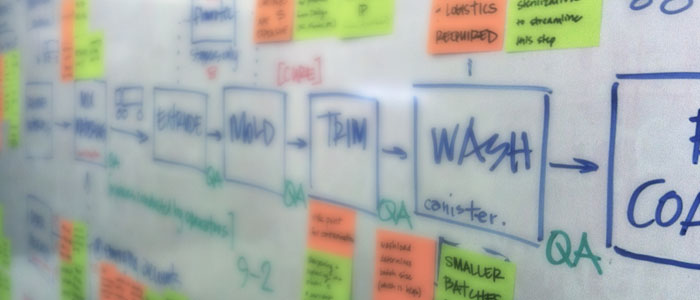
We recently sat our expert team down for a candid discussion about the secrets of successful medical device development. With 25 years of experience in this arena, we’ve seen our share of big wins. But we’ve also watched companies miss the mark due to mis-alignments that can be easily averted.
Of course, we all strive for the best possible outcome when designing and refining our unique processes and methods. But many challenges appear along the way. Time and again, we’ve seen companies allow inconsistencies in comprehensive design methods to waste time and energy on technical challenges that are not aligned to stakeholder needs. Such complication in turn leads to wild swings in product requirements and feature sets. In the end, this misguided approach results in product solutions that are completely out of sync with business needs.
Successful development, on the other hand, centers on clearly defined objectives. Many factors can help development teams stay on track with project goals, such as creating a vision of appropriate outcomes, carefully defining targets, establishing clear product-to-market fit, and knowing when to say no to additional features and services.
Over the course of our past 350 medical product projects, Insight has recognized 3 key factors that consistently help teams define goals, align stakeholders, and achieve commercial product success in the long term:
1. Understand stakeholder needs: This is more than VOC. Tradition techniques are based around what a customer or stakeholder can tell you, and that is only part of the picture. First hand observation and stakeholder interaction provide clarity to the causes behind the behaviors. In addition, defining stakeholder needs is critical to understanding emerging and evolving market trends from more than a single viewpoint. Inputs to drive innovation and design should be solicited from a broader range of stakeholders to understand relationships and influence.
2. Define product-market fit: Consider market viability at the outset of the project- and then at multiple steps along the way. Too often, teams see market fit as a single process to be completed at one specific juncture. But successful medical device development means evaluating ideas, workflows, and technical directions to define product requirements and then to use those requirements to drive engineering and prototype development. Another way to put it is, research driven requirements – requirements driven prototype.
3. Subsystem exploration to full system integration: At times, it’s both necessary and wise for a team to take a narrow, deep dive into a particular element of device development, applying logical sequence methods to solve complex problems. Once feasibility of the part is demonstrated, teams can weave each component back into the larger system with greater certainty of overall success.
On October 25th, 2013, Insight is hosting their next HealthTECH Summit that will cover these 3 keys in greater detail. Learn more about Insight HealthTect Summit.
For more information on this topic, or how we can help your company, email Mark Tunkel, Partner and Director of Business Development, at mtunkel@insightpd.com.

